On my Bookshelf | Alex Webb – The Suffering of Light
On my Bookshelf
In this column, I occasionally present a photo book that is close to my heart. It is not – or not necessarily – a new publication. It is simply a book that somehow fell into my hands and that I would like to recommend to others. And yes – of course it’s on my bookshelf.
It’s a bit of a continuation of my “Photo book of the month” column – just not necessarily as regular as before. And I’ve generally made the column a bit shorter and tighter. I hope you’ll enjoy it!
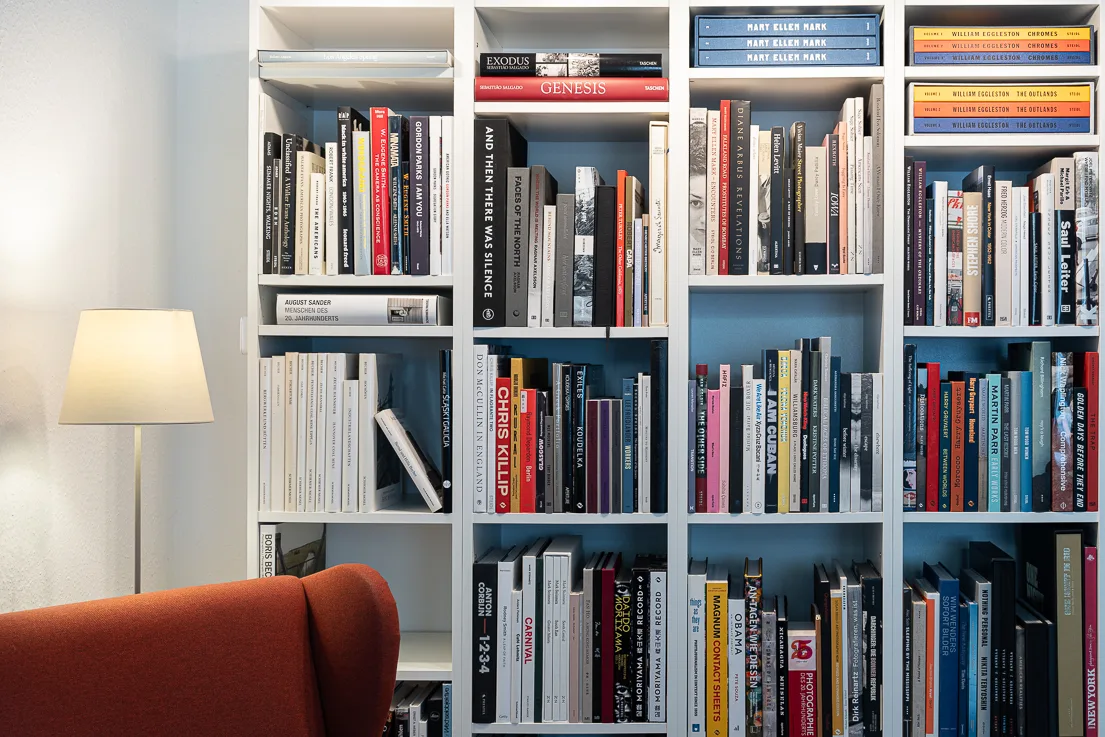
Prologue
I have been thinking about with which book I would like to continue this slightly different column on photo books. Since my last book presentation, I now have a whole series of drafts for new posts – about both old and new books from my shelf. For me, some of the books are just crying out to be presented here.
My choice fell on Alex Webb for two simple reasons. Last year I did a whole series about the pioneers of ‘New Colour Photography’. I wouldn’t necessarily count Webb as one of them, but as a very good ‘link’ to another topic. For me, his work from the late 70s onwards is as important as it is a strong exclamation mark for the new street photography of the time. Rich in contrast, colourful, intense and multi-layered. He is without doubt one of the greats of modern street photography. Apart from Harry Gruyaert, I can’t think of anyone else at the moment who represents this style to such an extreme.

Oh yes, the second reason is also quite simple. It is simply a great book about the outstanding work of a true Master of Photography.
About the Photographer | Alex Webb
Alex Webb is an US-American photographer who was born in San Francisco in 1952 but grew up in New England. He developed a strong interest in photography during his high school years and attended the Apeiron Workshops in Millerton, New York in 1972 at the age of 20. There he met the Magnum photographers Bruce Davidson and Charles Harbutt, among others.
He later attended Harvard University to study history and literature. At the same time, he also studied photography at the Carpenter Centre for the Visual Arts. After graduating, he joined Magnum Photos as a candidate in 1974, an associate member in 1976 and a full member in 1979.
He is best known for his work capturing (street) life in different cultures, often focussing on urban environments. Webb’s photographs are said to be characterised by as complex as sophisticated compositions and deep insights into the human experience, often revealing rich stories in a single image.
Alex Webb began with black and white photography. But as he himself says in the foreword to this book, in 1975 he “reached a kind of dead end in his photography”. Which may not necessarily have been due to the medium of black and white… but perhaps somehow it was.

However, he discovered his passion for colour on his travels to the south of the USA, Mexico and the Caribbean, particularly Haiti, from the mid-1970s onwards. In 1979, Alex Webb made the transition to shooting primarily in colour and has been doing so ever since. This type of colour photography is what many refer to as Alex Webb’s true voice in photography.
Parts of these works were then included in his famous publication Hot Light / Half-Made Worlds in 1986 – which is unfortunately sold out and can only be found for a lot of money on the second-hand market.
There is something about the light, the heat (physical and perhaps metaphysical), the vibrancy of street life, and the rawness and disjointedness of much of the tropical world that has moved and disturbed me—in places where the indigenous culture is often transformed by an external northern culture (sometimes my own…) I suspect that one has a few serious creative obsessions in life. I certainly cannot seem to escape this one.
Alex Webb
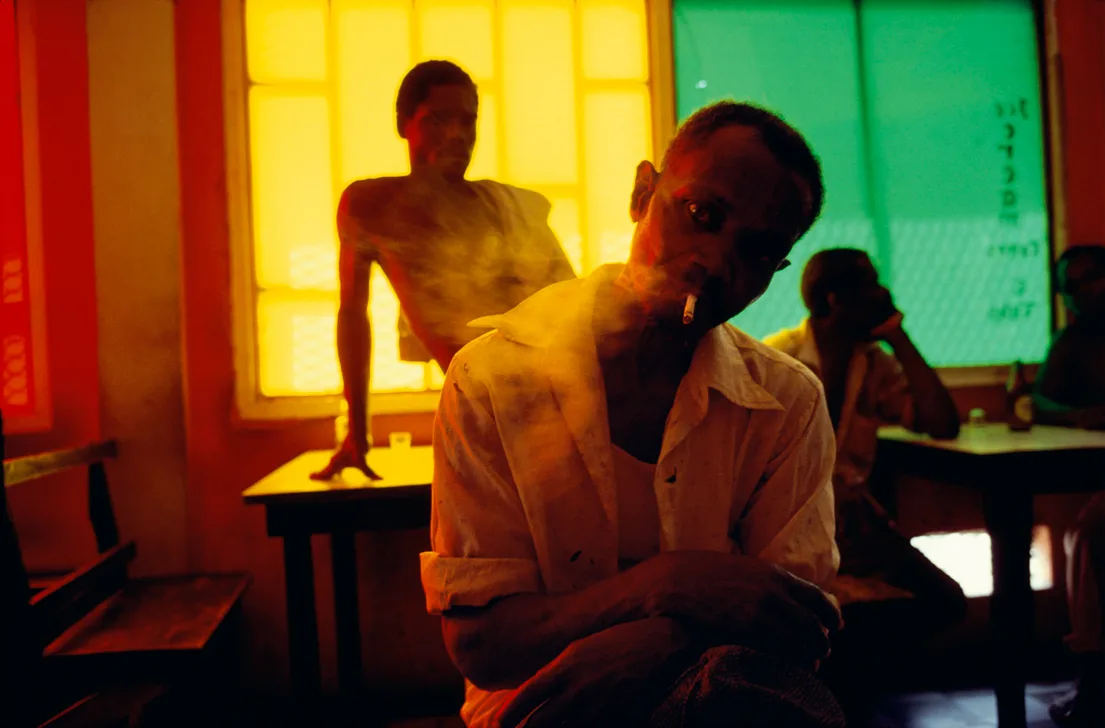
About the Photo Book | The Suffering of Light

I could actually make it quite easy for myself here and just use the following quote from the master himself from an interview about this book:
Sequenced more or less chronologically, this book reflects the sometimes chaotic, sometimes mysterious process of creation, interweaving projects and obsessions, themes and passions, cultural tensions and offbeat moments, into one continuous chronicle of the street, from 1979 to the present.
Alex Webb
Nevertheless, I would like to say a few words about this book. It is certainly not a complete compendium of Alex Webb’s work, but it is a very good overview and offers a comprehensive look at his career. At least 30 years of it, from 1979 to 2009 to be precise. The large-format book, published 2011 by aperture, shows 118 of his pictures well printed on 204 pages – both the best-known iconic ones and some that have never been published. And in fact, it’s almost completely in chronological order.
Especially those who do not own any other book by Alex Webb will therefore get their money’s worth. The book is of high quality and has a clean design with very little text. Nevertheless, there is a short foreword by Alex Webb himself and an interesting epilogue by author Geoff Dyer. For anybody who hasn’t had enough of Webb’s work after this book (which is understandable!), Alex Webb provides some brief information about other books and some of his projects at the end.
What has Alex Webb taught me?
To be honest, I don’t even know where to start here. You can learn so much by studying Alex Webb’s work in detail – especially when it comes to colour and light, of course.
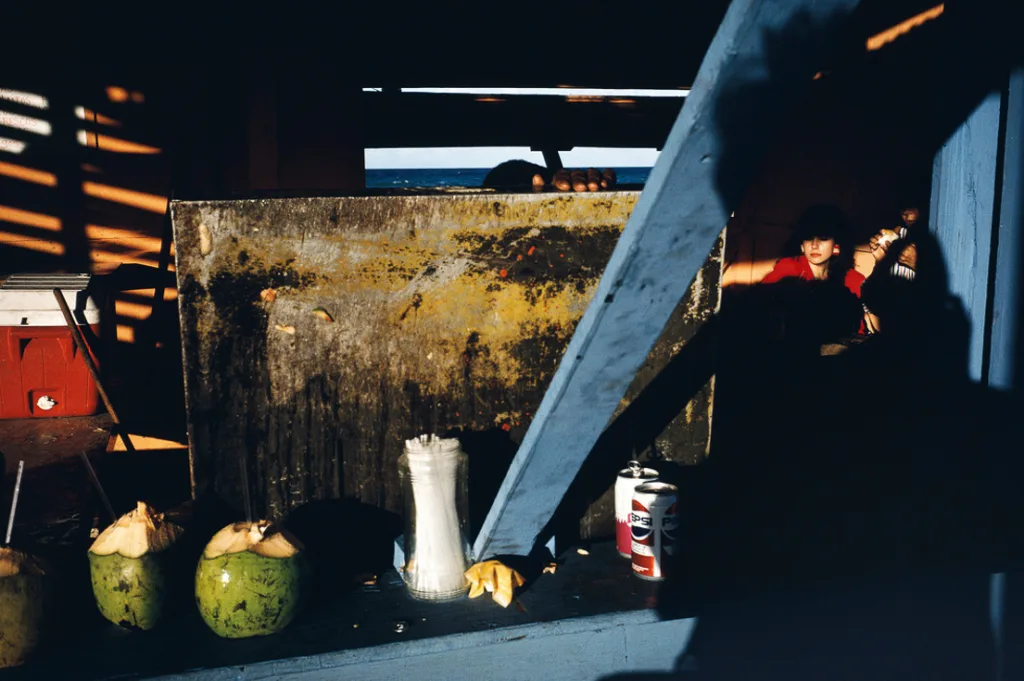
But these two topics – although often very obvious – are by no means the only ones. Alex Webb is a great master of complex image composition. In this respect, there are four things in particular that go beyond the obvious for me, and these are:
1. Fill the frame!
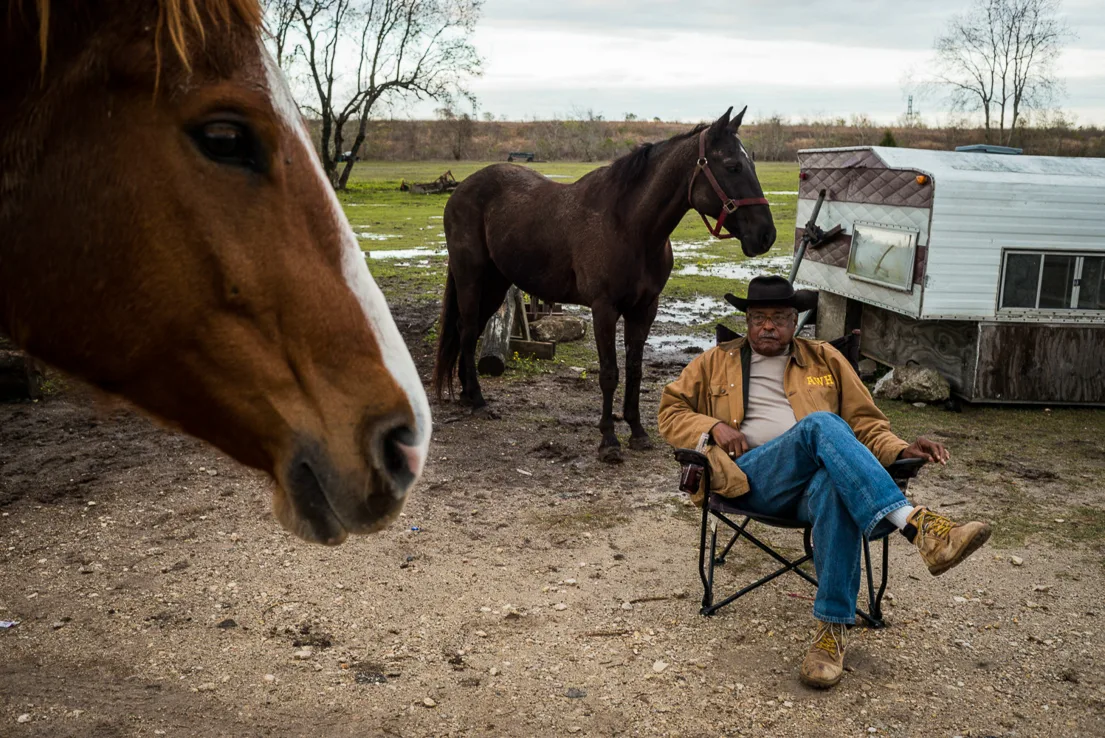
You will rarely find a picture of Alex Webb where everything is not covered with content. He practically always uses the entire frame and composes the picture in such a way that no empty spaces are created. This really is a fine art, especially as it is often difficult to create an interesting foreground and background alongside the main motif (if there is one at all).
The example here is certainly a very simple one, as it is not as complex as many of his other pictures. But even here, without the horse’s head and the trailer at the back, it would be a different picture – and a worse one.
2. Work with layers!
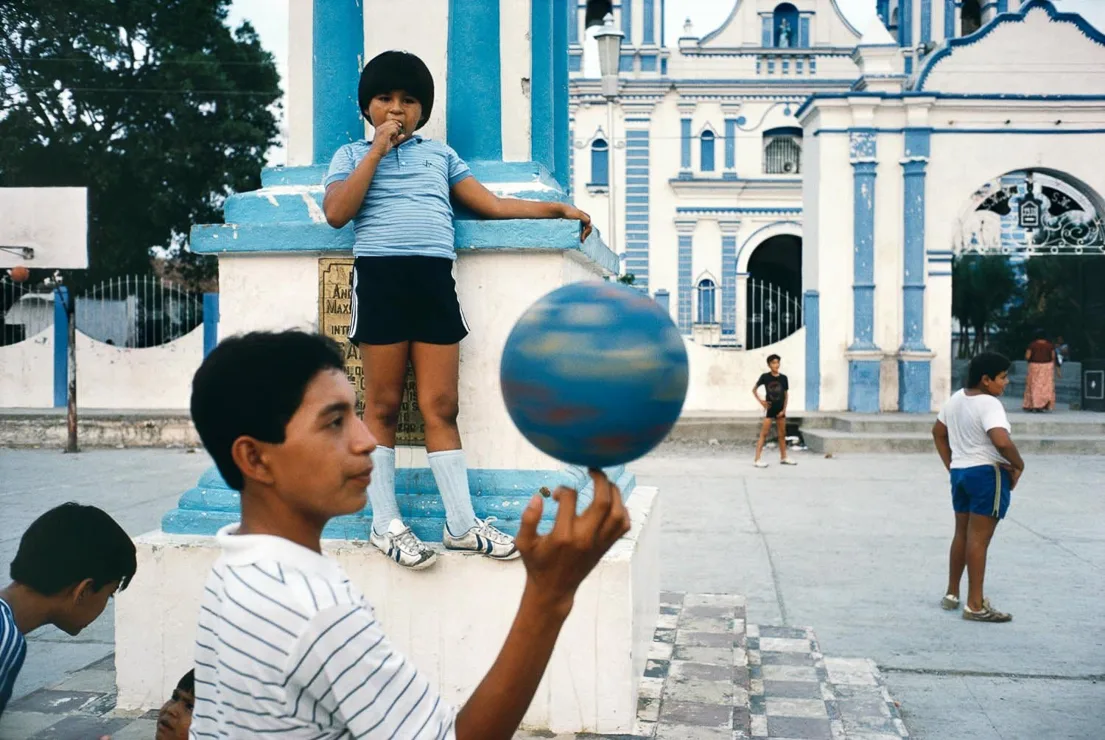
The transition from the first to the second lesson is somewhat fluent. This is because you often have to work with different layers to fill the frame of the picture. Alex Webb is a true master of his discipline here too. You will often find 5, 6 or sometimes more layers in his pictures. And not just like that or even randomly, but he often photographs a scene in an order that leads the eye from layer to layer.
In this example, you could be forgiven for thinking that the boys have been staged in this way.
3. Look for the right moment and the right position!
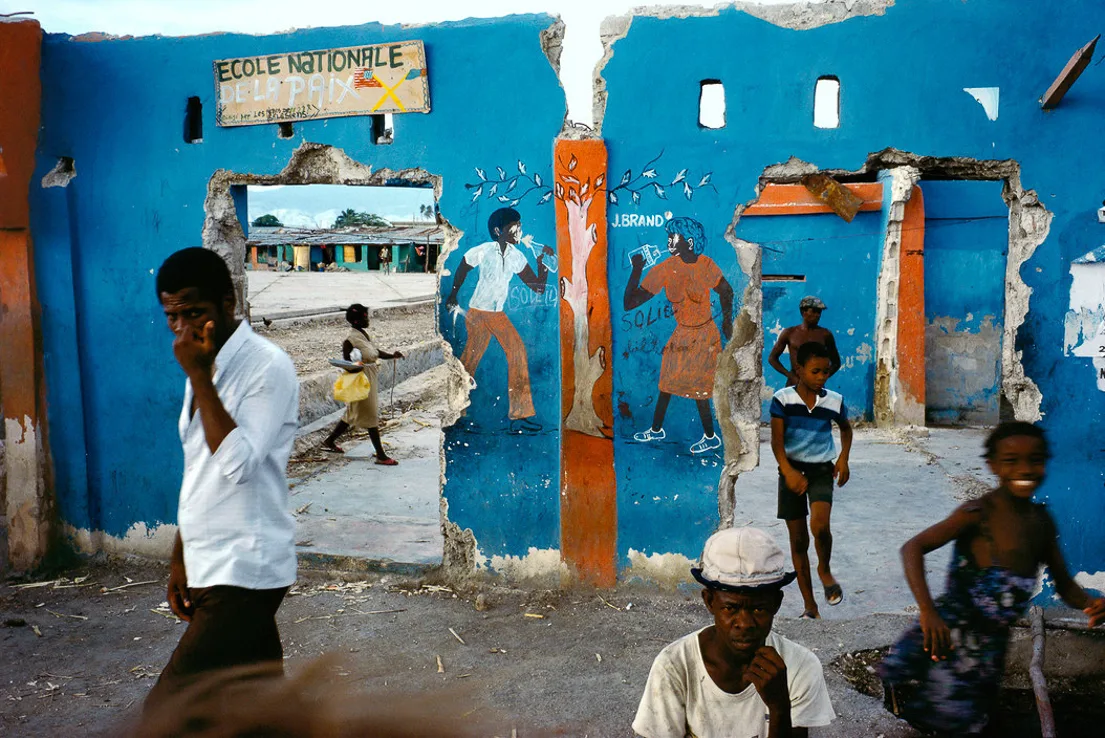
For Alex Webb, it is not only the ‘decisive moment’, but also the decisive position from which he takes a picture. If you look very closely at many of his pictures, you will realise how well moment and place go together. Almost always, the light is special somewhere in the picture, or a secondary scene appears or someone walks through the picture at that exact moment. And it’s not uncommon for them to be all together.
I don’t know exactly how he does it, but I suspect that in addition to the right eye, an incredible amount of practice has something to do with it.
By the way, points 2 and 3 are also very much in line with my last article on large depth of field – because without this, of course, it wouldn’t work at all.
4. Don’t be afraid of some chaos!
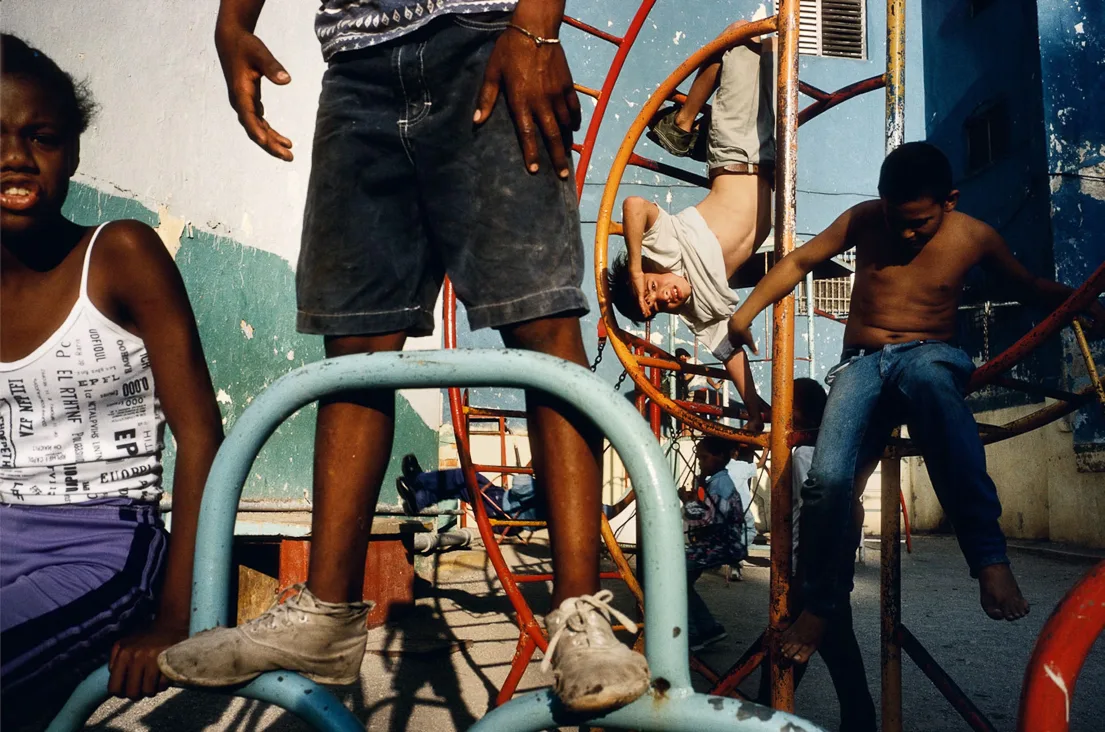
Last but not least, here’s perhaps the most difficult lesson. We often try to structure our images clearly and cleanly, not to include too much content and make them graphically appealing. There’s nothing wrong with that, of course; it’s often what makes a good photo. But Alex Webb shows us that it can be done differently and the picture can still be great. He often manages to squeeze an incredible amount of information and detail into a picture without making it look overloaded.
In this example, he still manages to give the four children, the main characters in the picture, enough ‘room to breathe’ in a jumble of shapes, colours and light. You have to manage that first! Here, too, patience, speed in grasping a scene and lots and lots of practice are certainly key.
Photography is 99% about failure, about wandering, about not knowing and making mistakes, and 1% about putting the camera to your eye and hoping that something will happen.
Alex Webb
Final words
Anyone interested in great street photography and/or the masterful play of light and colour will thoroughly enjoy this book. I, at least, can lose myself in almost any of the pictures and browse through the book for hours. And even then I won’t have discovered every hidden detail in these great pictures…
- Price: still inexpensive (~60 €)
- Availability: available new
- Printing and binding: good
- Photography: outstanding street photography
- Inspiration: ++++ (of 5)
- Teaching: +++++ (of 5)
The last sentence here, however, belongs to Alex Webb again:
I only know how to approach a place by walking. For what does a street photographer do but walk and watch and wait and talk, and then watch and wait some more, trying to remain confident that the unexpected, the unknown, or the secret heart of the known awaits just around the corner.
Alex Webb
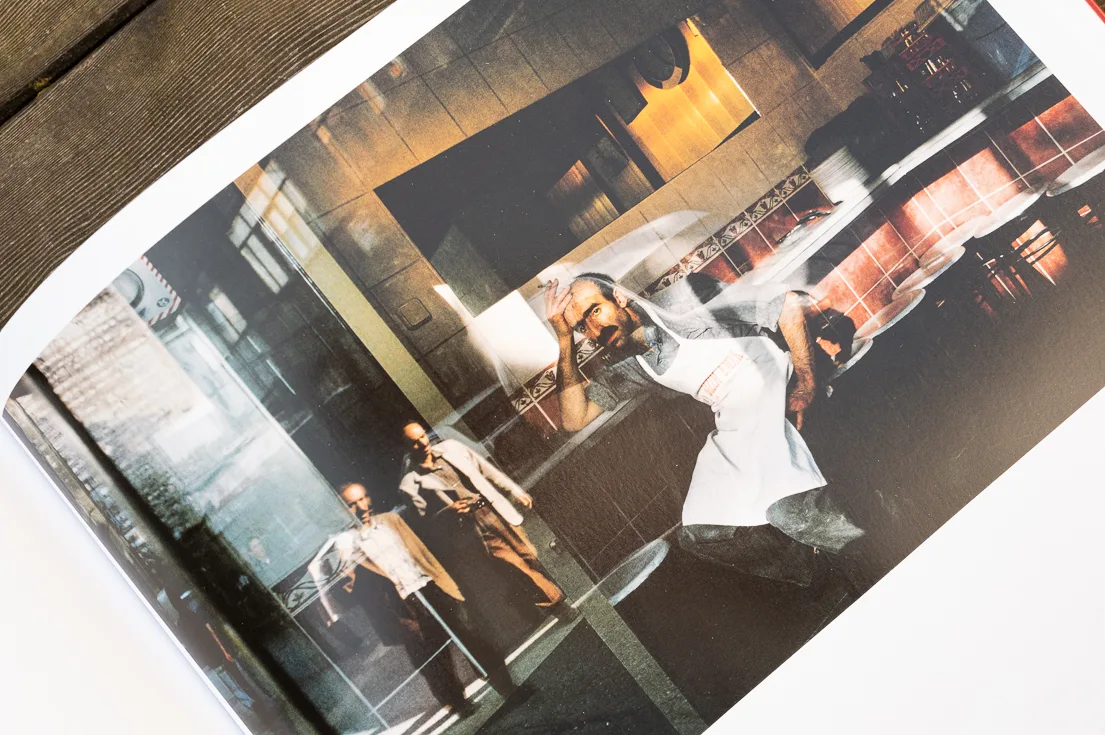
Update 22.06.2025: If you would like to read and see another opinion (especially in German), Florian Renz has now reviewed the book in his blog – and in the corresponding podcast together with Thomas Winter.

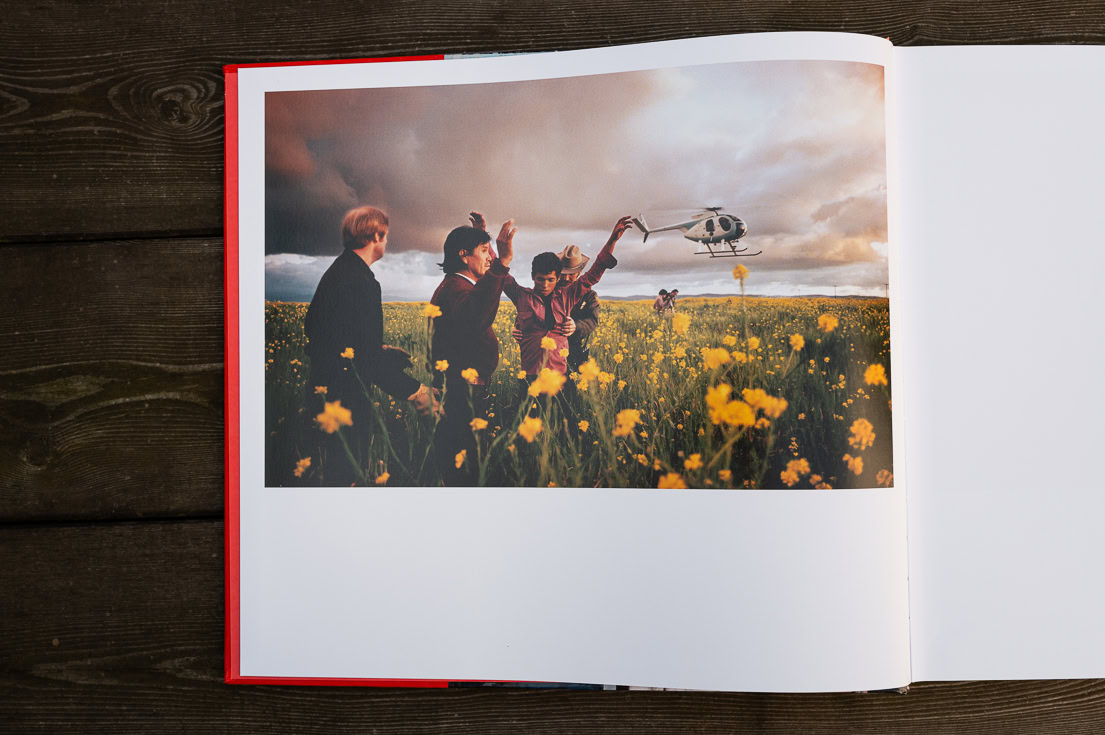








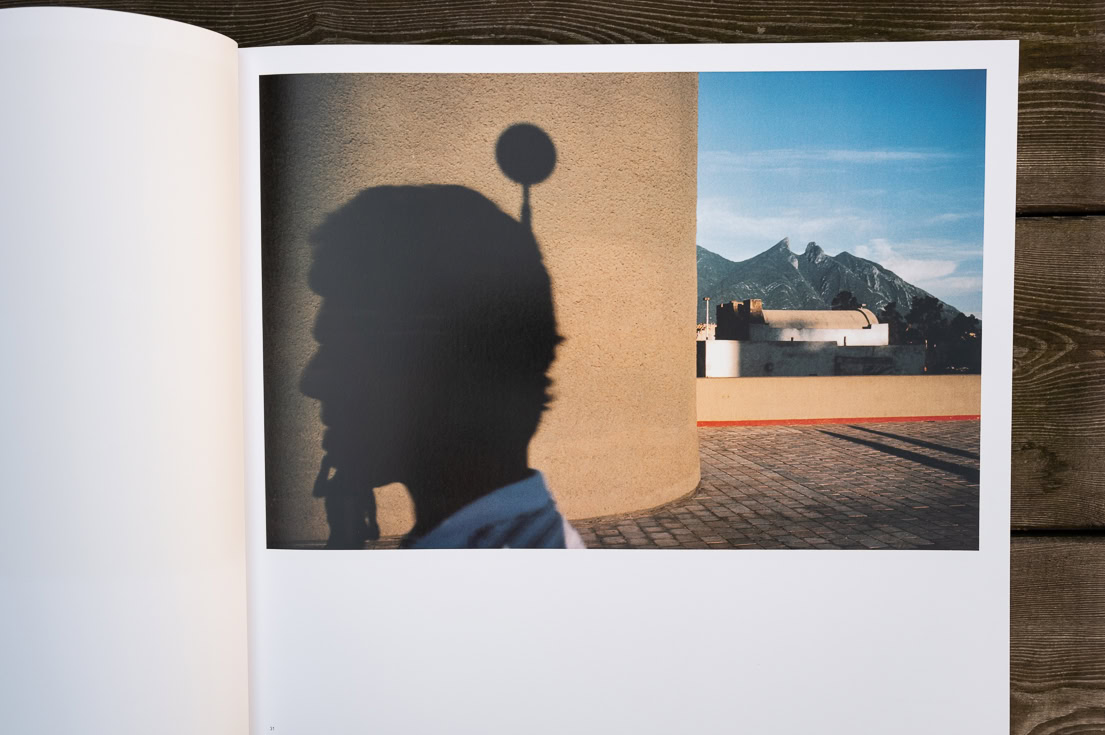










I enjoyed this retrospective. Thanks for sharing your bookshelf with us. I’ll be browsing it again in the future.
Hi Frank,
thanks for reading and for your kind comment…
Cheers,
Peter
P.S. The flash is on the road… 😉
Thanks for the tip. I’ve put it straight on my wish list.
Michael, what a pleasure to “see” you here… and the book is really great. Alex Webb is also really great. Hope to see you in the days to come…
Alles Gute Dir… 😉
Peter
[…] magnificent. She is a master of (at least) two things, which I recently discussed in more detail in my review of Alex Webb’s book ‘The Suffering of Light’. And these are: ‘use layers’ and “fill the […]
[…] Co. I love the colours of Leiter, Herzog and Gruyaert. I love the complex interplay of layers in Alex Webb’s work. And I adore the work of Diane Arbus and, above all – as is well known here – Mary Ellen Mark. […]